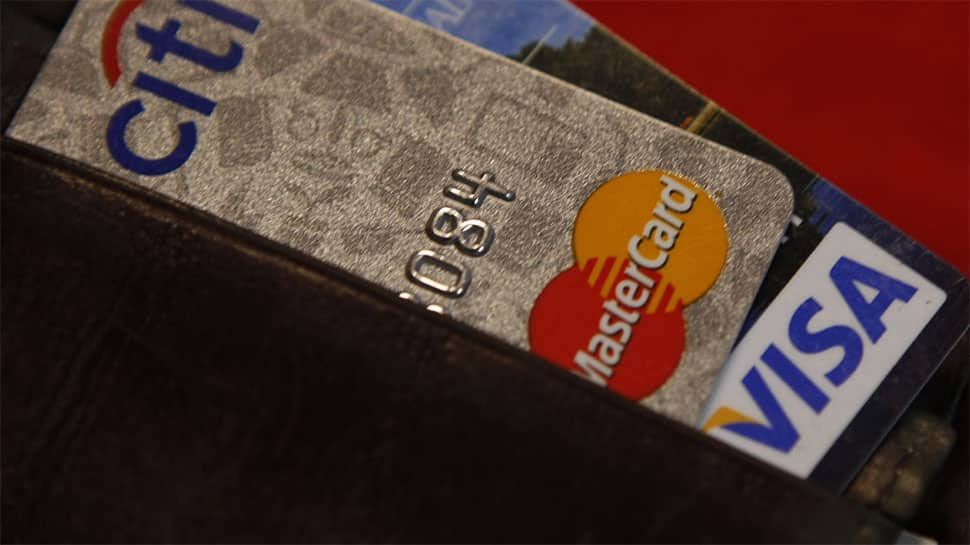Starting October 1, 2022, the standards for online installments for credit and debit cards will change as the Reserve Bank of India’s (RBI) card-on-document (CoF) tokenisation standards happen. RBI’s CoF tokensiation is supposed to further develop the installment experience of the cardholders.
The cutoff time for the RBI’s new tokenisation rules were set to become effective from July 1, however it was stretched out to September 30. The greater part of the enormous shippers have proactively consented to the RBI’s card-on-document (CoF) tokenisation standards and as a matter of fact, 19.5 crore tokens have been given up to this point.
Here are key things to be aware of the new rule:
RBI’s new rule
RBI last year limited trader locales from saving the card subtleties of clients and ordered the reception of tokenisation. This will presently happen from the following month.
Various substances, remembering traders for a web-based installment chain, store card information like card numbers and termination dates — Card-on-File (CoF) — refering to accommodation and solace to cardholders.
While this training renders accommodation, the accessibility of card subtleties with different elements expands the gamble of card information being taken or abused.
Explained: Tokenisation
Tokenisation is the most common way of transforming delicate information into ‘non-touchy’ information called “tokens”. These tokens convert a charge or Mastercard holder’s 16-digit account number into a computerized qualification that can’t be taken or reused.
This token — addressing the client’s card information — is saved in the vendor’s installment framework and cycles the exchange.
At the point when the card subtleties are saved in a scrambled way, the gamble of extortion or compromised information gets decreased
Influence on clients
Stages will not have the option to store the card qualifications of a customer in any form.
For example, when clients shop on a web based business webpage interestingly, they are approached to take care of the 16-digit check card number and afterward the CVV code.
Notwithstanding, when they purchase one more thing from similar stage, they can see that the site has previously put away the 16-digit card number and they simply need to place in the CVV and afterward the OTP is created by the bank to make the buy.
With the new RBI request, a customer should place in their whole card subtleties when they search for something.
When clients begin buying a thing, the shipper will start tokenisation and request agree to tokenise the card. Whenever assent is given, the trader will send the solicitation to the card organization.
The card organization will make a token, which will go about as an intermediary to the 16-digit card number and send it back to the trader. The shipper will save this token for future exchanges. Presently, they will be expected to enter CVV and OTP like before to give endorsement.

























